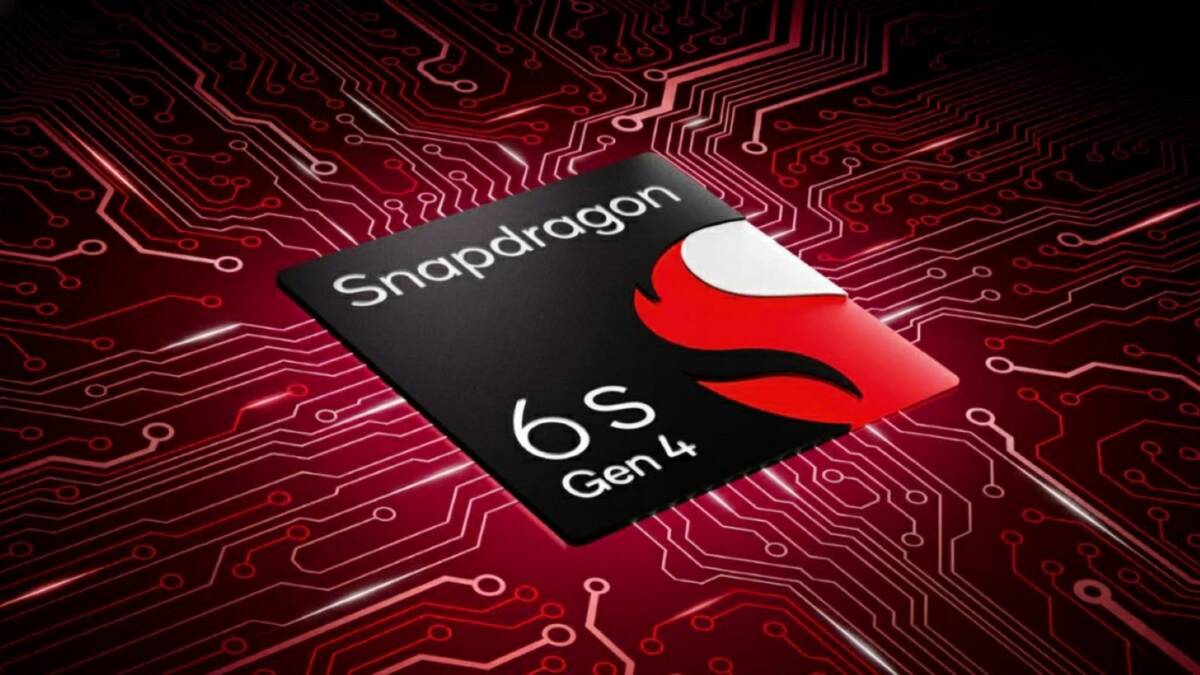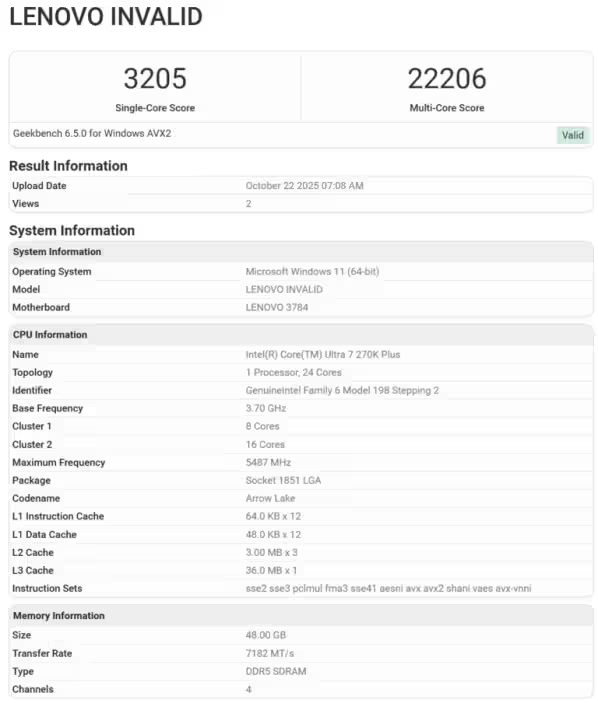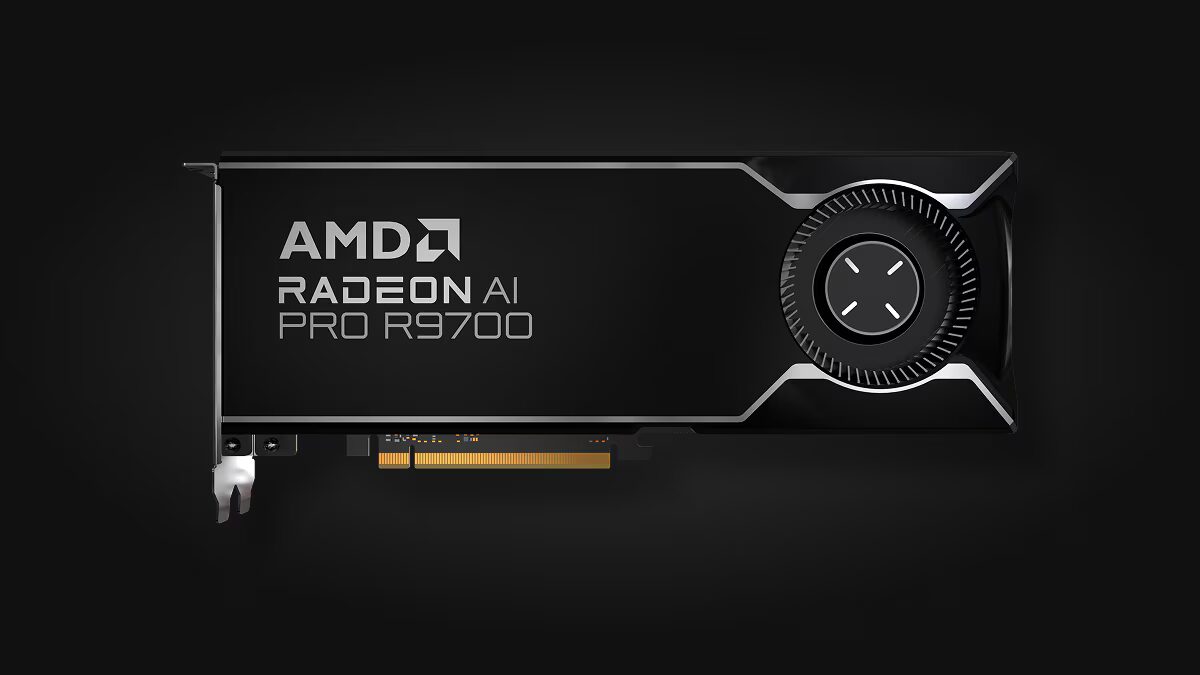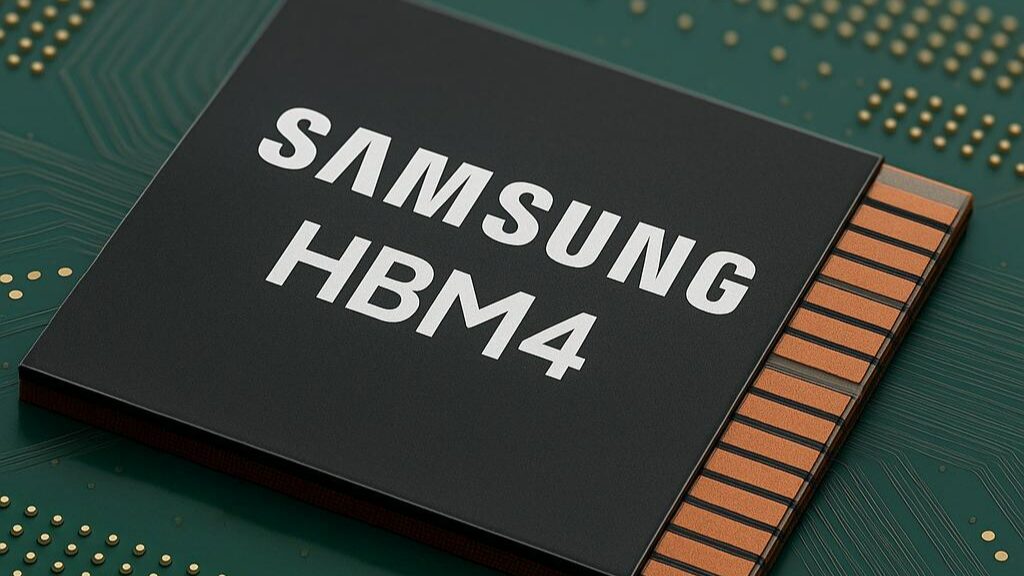Intel is canceling the 20A processor node for Arrow Lake
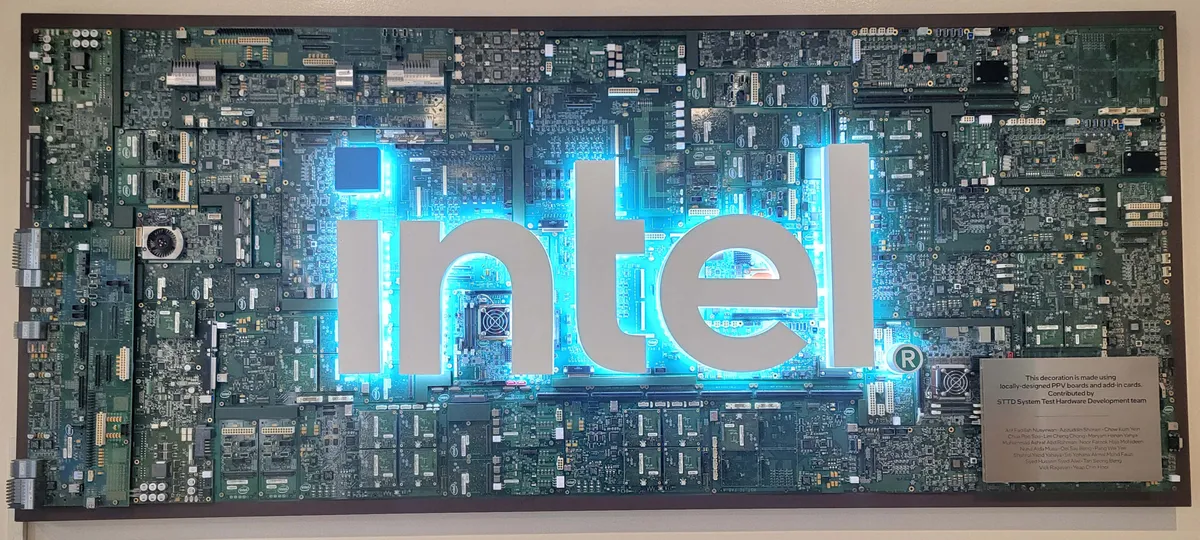
Intel made a surprise announcement today: the company is abandoning the use of its own “Intel 20A” processor node for future Arrow Lake processors. Instead, Intel will use external nodes, presumably from its partner TSMC, to manufacture all the components of Arrow Lake chips. Intel’s primary role will now be to package chipsets made by external suppliers into the finished processor.
Restructuring and downsizing: Intel adapts to the new environment
This decision by Intel comes amid a major restructuring and weak financial performance in the last quarter. The company continues to implement the largest staff reductions in its 56-year history, laying off 15,000 employees. The moves are aimed at reducing costs and improving efficiency amid increasing competition in the semiconductor market.
The decision comes as the company continues to implement the largest layoffs in its 56-year history, laying off 15,000 employees.
Shifting from 20A to 18A: a smart decision to optimize resources
The decision to abandon the 20A node was made after a wafer demo of Arrow Lake processors on the 20A node at the Innovation 2023 event. At the time, Intel claimed that Arrow Lake would hit the market in 2024. However, rumors have since surfaced that Node 20A will only be used for a limited series of chips, with the majority of the lineup moving to TSMC’s nodes.
Intel said a key next-generation node, the “Intel 18A,” remains on schedule with a 2025 launch. The company has redirected engineering resources from 20A to 18A, attributing this to high yields on the 18A node. Intel also emphasized that it has achieved a sub-0.40 D0 (defects per square centimeter) defect density, indicating that the node is ready for mass production. In the industry, a level below 0.5 is considered a sign that a process has reached the mature production stage.
Anything below 0.5 is considered a sign that a process has reached the mature production stage.
The 20A bottleneck and the 18A bet: a strategic view of the future
Avoiding the costly investment of launching Node 20A will save Intel a significant amount of money, which is especially relevant amid ongoing cost-cutting efforts. The 20A node was not originally intended for widespread use, as the company is focused on rapid implementation of the more advanced 18A node.
The 20A node is not intended for widespread use, as the company is aiming for rapid implementation of the more advanced 18A node.
Despite this, the 20A node has been an important step to introduce innovations such as RibbonFet Gate-All-Around (GAA), the first new transistor architecture since the introduction of FinFET in 2011. PowerVia technology, which delivers power through the back of the chip, also made its debut on this node.
PowerVia’s PowerVia technology, which delivers power through the back of the chip, also made its debut on this node.
The benefits and promise of 18A: What lies ahead for Intel
.
Intel emphasizes that the experience gained with Node 20A played a key role in the successful development of Node 18A, which was a logical evolution of the technologies tested in the previous phase. The company has already successfully launched the first 18A chips in the lab and finalized PDK 1.0, allowing partners to begin developing their own chips based on Intel technology.
Antel emphasizes that the experience gained with Node 20A was key to the successful development of Node 18A.
Microsoft and the U.S. Department of Defense have already signed agreements to use the 18A node, and Intel plans to complete eight tape-ins by mid-2025. This demonstrates the strategic importance of Node 18A to both Intel and its partners who trust Intel’s advanced technology.
Microsoft and the U.S. Department of Defense have already signed agreements to use Node 18A, and Intel plans to complete eight tape-ins by mid-2025.
The move away from Node 20A and toward 18A is not just a manufacturing optimization, but a strategic decision that will allow Intel to focus on the most promising areas and reduce costs. It’s a step forward in the challenging race for leadership in a semiconductor market where new technology and innovation are becoming key competitive tools.
It’s also a step forward in a challenging race for leadership in a semiconductor market where new technology and innovation are becoming key competitive tools.





